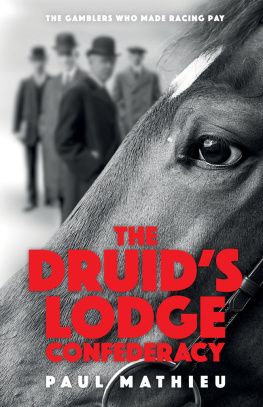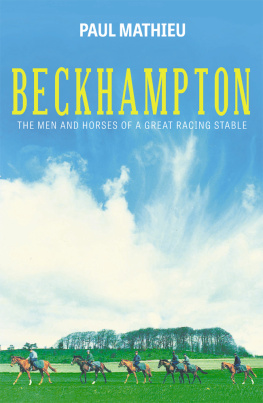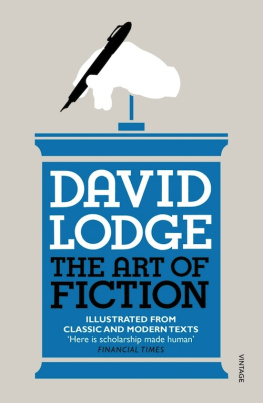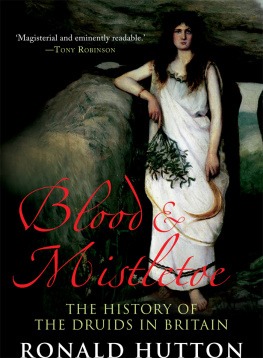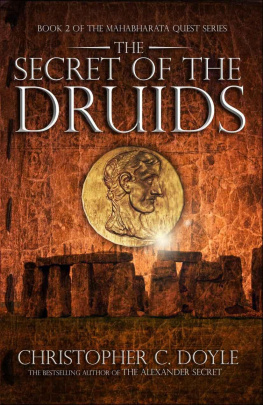
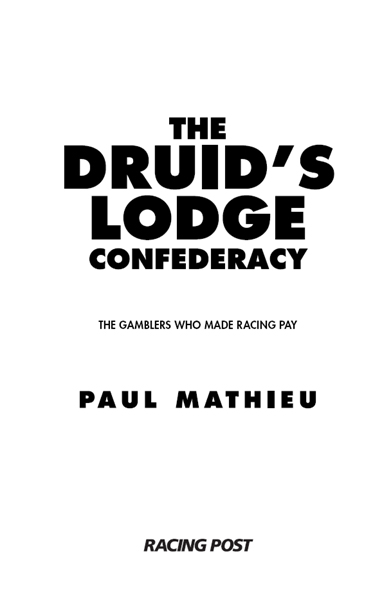
Copyright Paul Mathieu 2015
The right of Paul Mathieu to be identified as the author of this work has been asserted by him in accordance with the Copyright, Designs and Patents Act 1988.
This edition published in 2015 by Racing Post Books
27 Kingfisher Court, Hambridge Road, Newbury, RG14 5SJ
First published in Great Britain in 1990
10 9 8 7 6 5 4 3 2 1
All rights reserved. No part of this publication may be reproduced, stored in a retrieval system, or transmitted in any form or by any means, electronic, mechanical, photocopying, recording, or otherwise, without the prior written permission of the publishers.
A catalogue record for this book is available from the British Library.
ISBN 978-1-910498-11-8
ePub ISBN 978-1-910498-22-4
Mobi ISBN 978-1-910498-21-7
Cover designed by Jay Vincent
Text designed by J Schwartz & Co
Printed and bound in the UK by CPI Group (UK) Ltd, Croydon, CR0 4YY
Every effort has been made to fulfil requirements with regard to copyright material. The author and publisher will be glad to rectify any omissions at the earliest opportunity.
www.racingpost.com/shop
With thanks to those whove made race-going so enjoyable. From the beginning: Anthony de Freitas and David Hill. During thirty-plus years at the Cheltenham Festival: Ian Dodds-Smith, John Goodacre, Michael Green and Andrew Jones. Between the flags: Peter Grodzinski and Jonathan Neesom. On the annual busmans holiday: Eddie Fremantle.
Contents
Acknowledgements
My thanks to James de Wesselow and Julian Brown of Racing Post Books for suggesting this new edition of The Druids Lodge Confederacy. Thanks also to the racecourse book and art seller Rupert Mackeson, for (his words) continually whingeing and whining to them about a reprint, until they gave in. Jay Vincent and John Schwartz have given the book a smart new design and artwork.
A feature of the first edition which attracted friendly comment was its attempt to express late Victorian monetary values in their modern equivalents. Thanks to Sam Williamson of MeasuringWorth for permission to use his firms retail price tables to update all the pound sterling numbers to 2013.
The book includes comparisons, over a period of more than 100 years of the number of racehorse owners, horses in training, and races run. Thats been made possible by data provided by Sally Richards at Weatherbys and Rodney Pettinga at Raceform. George McGrath at the National Association of Stable Staff and Lauren Hilton at the Association of British Bookmakers have helped to bring staff pay and bookmaking industry stats up to date. Thanks also to the Racehorse Owners Association.
John Elliot and Giles Ormerod, respectively of the farming and polo side at Druids Lodge, have brought the estates story up to the present. My wife Heather has, as always, provided support and infinite tolerance.
My thanks to Hilary Aitchison for the photograph of her great-great-uncle Tommy Lewis. Finally, thanks also go to Michael Fallon, who has provided fresh stories, correspondence and a hitherto unseen family photograph to enhance the books portrait of his grandfather Jack, the trainer genius of Druids Lodge.
Authors Note
The sums of money wagered and won by the Confederates have been shrunk by time and inflation.
The original edition of this book was the first racing title which tried to adjust for inflation. The basis of its calculations was that the spending power of 1 in the Confederates heyday was the equivalent of 48 when the book was published in 1990.
In the period from 1990 and 2015, the pound has continued to erode rapidly. There are various ways to calculate the relative value of sterling between different dates: it can be based on prices, incomes, or general economic output. The MeasuringWorth website has explanations of the many variables. Its UK retail price index (RPI) table suggests that to match the spending power of 1 (or a 1 bet) in 1895, one wouldve needed to spend 100.80 in 2013.
Therefore, the numbers in the book for prize money, bets, winnings and wages can be conveniently multiplied by 100 to give their broad equivalent today. Of course, nothings that simple: even in the two decades covered by this book, the spending power of sterling fell by 15 per cent. So here and there, for emphasis, the inflation-adjusted 2013 figures are given in italics.
In centuries to come when Druids Lodge stands on lonely Salisbury Plain a ruin, a sister to its neighbour Stonehenge, which has ever been a mass of mystery, it will doubtless be pointed out as an historic monument in connection with the story of the Turf.
The guide, as he takes tourists over the spot in an aeroplane, will point out Stonehenge as mysterious, and the ruins of Druids Lodge as more mysterious still. Doubtless, he will add that it was a famous place, not a philanthropic institution, but once known as Druids Lodge.
But what further explanation may be offered and what adjectives brought into play in describing those ruins is a matter too far ahead for us to conjecture. One thing the Salisbury Plain showman may megaphone to his load in the sky, namely, that Christmas Daisy won the Cambridgeshire twice in succession, ladies and gentlemen, the second time so easily that Mr Cunliffe might have ridden it himself.
Robert Sievier, The Winning Post, 1910.

The Confederates
THE GIANT OWL perches, unblinking, on a branch of the cartoonists tree. Grasped firmly in his talons is a desperate, wriggling figure: the Bookie. Hanging further along the branch is The Punter Who Interfered. Sharing the tree with the owl is a jaunty Robin Hood figure: The Forester. Below struts a precise little bird with a ski-jump nose and pince-nez. The roots of the tree are inscribed Druids Lodge, Fallon and Ypsilanti.
Even without the identification of Druids Lodge, readers of the 28 October 1905 issue of The Winning Post had no difficulty in identifying the cartoons subjects. The illustrator Starr Wood The Snark had produced lively caricatures of some of the best-known racing personalities of the time. The monumental, impassive owl was a City financier, Percy Cunliffe. The nose and the pince-nez belonged to an Irish stud-owner and West End impresario, Wilfred Purefoy. The Forester was a celebrated huntsman, Frank Forester. The roots of their enterprise were an isolated, purpose-built racing stable on Salisbury Plain Druids Lodge and a brilliant trainer, Jack Fallon. Ypsilanti was the first of many big-race winners that Cunliffe, Purefoy, Forester and their friends Edward Wigan and Holmer Peard sent out from Druids Lodge.
At the start of this century, the five had the bookmakers by the throat as no stable before or since, and as no stable ever will again. So secretive was the management of their racing affairs that they were nicknamed by one racing journalist, The Hermits of Salisbury Plain. More generally, using the name for what we now call a syndicate, Cunliffe, Purefoy and the others were known as the Druids Lodge Confederacy.
Percy Cunliffe came from a family with extensive City interests. His brother Walter, Baron Cunliffe, was Governor of the Bank of England. Cunliffe owned land on Salisbury Plain, and derived a considerable income from renting it to the Army for manoeuvres. He speculated successfully in the South African goldfields. The Eton-educated Cunliffe was a huge man, well over six feet and upwards of twenty stones. To his irritation, his friend Wilfred Purefoy persuaded his tailor that since so much more cloth was needed to cover Cunliffe, his suits should cost him extra. In fact Cunliffe rarely showed irritation, or indeed any other emotion. He was quietly sardonic, but an accumulator of the good things of life. The pride of his silver collection was a large two-handled cup made by the most sought-after of English silversmiths, Paul Lamerie. It was bad luck that when Cunliffe gave Lameries name to a horse, the animal turned out to be useless. Cunliffe also had a fabulous collection of portrait miniatures on loan to the Victoria and Albert museum and, it was said, a fabulous collection of pretty young girls. He was a director and shareholder of Sandown Park, and a steward at Brighton.

